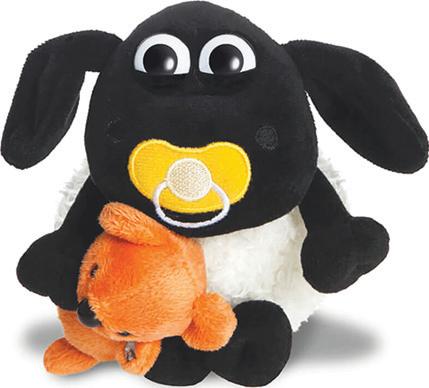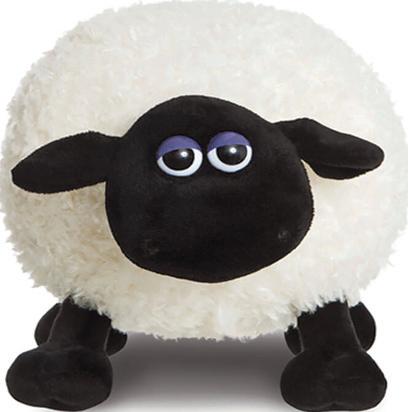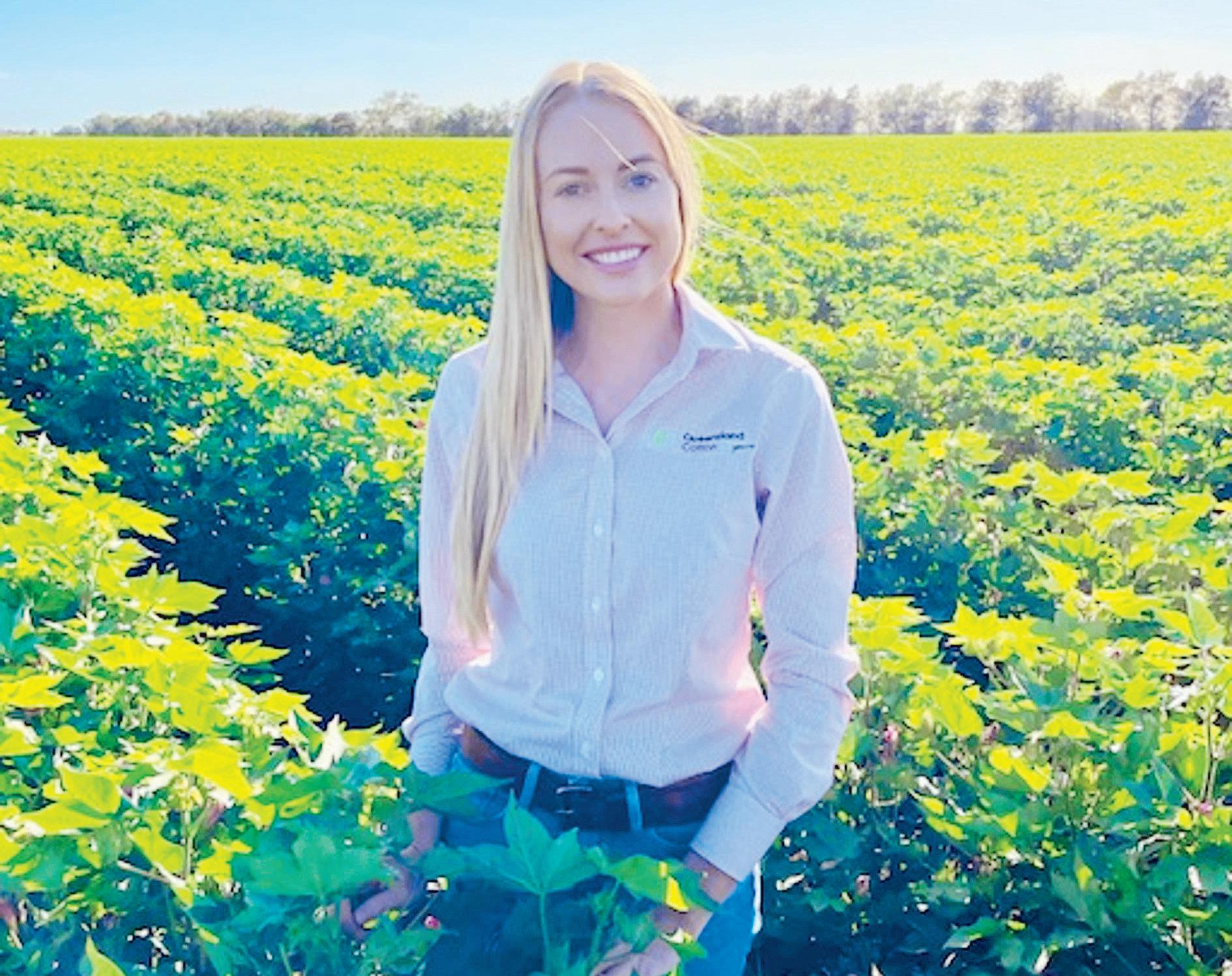
5 minute read
Livestock lingo spelled out
Address: 154-156 Haly Street
Kingaroy 4610
Telephone: 07 4182 0450
Website: QueenslandFarmerToday.com.au
CONTACT US
Editorial:
Email: newsdesk@QueenslandFarmerToday.com.au
Advertising:
Email: advertising@QueenslandFarmerToday.com.au
Classifieds:
Phone: 07 4182 0450 or 1300 666 808
Email: sales@networkclassifieds.com.au
ADVERTISING
Annette Weatherstone Account Manager

E: annette.weatherstone@QueenslandFarmerToday.com.au
Michael Callaghan Media Sales
E: michael.callaghan@BurnettToday.com.au
P: 07 4182 0452
Tonia Gilbert Media Sales
E: tonia.gilbert@BurnettToday.com.au

P: 07 4182 0458
Tori Johnson Media Sales
E: tori.johnson@MaranoaToday.com.au
M: 0447 621 904

Queensland Farmer Today is published monthly and part of the Today News Group. Published by South Burnett Today Pty Ltd ACN 641 796 349.
Publisher: Damian Morgan
Managing Director: Daniel Pelcl.
All material is copyright to South Burnett Today Pty Ltd.
All significant errors will be corrected as soon as possible. For our terms and conditions please visit QueenslanFarmerToday.com.au/terms-and-conditions/
Since drought broke in southern Queensland in 2020, the farmland market has shown remarkable resilience and stability.
Last year, for example, Queensland land prices rose 20 per cent, with a 10pc increase predicted in 2023, according to a report from agribusiness lender Rabobank.
Indeed, sales have been so consistent across all sectors, it has surprised even the most perennially positive real estate agent.
The reason, they say, is a once in 30year collision of high commodity prices, low interest rates and a cracking season in most areas.
Add in a lack of listings, which is causing demand to outstrip supply, and you have the perfect sales storm.
“I can’t see it slowing,” said Aussie Land & Livestock managing director James Bredhauer. “And, it is so widespread.
“Grazing land is possibly selling faster than mixed farms due to activity in the cattle market, absolutely. But, yes, both are very strong.”
Due to its fertile soil, favorable climate and proximity to major markets, farmland in southern Queensland has always been keenly sought.
Further enhancing its attractiveness to investors and aspiring farmers has been the region’s resilience in bouncing back from drought.
Since rainfall finally arrived in 2020, farmland prices in southern Queensland have defied initial concerns and remained consistent, reflecting the enduring strength and sustainability of the region’s agricultural industry.
- Fiona Gowers
An independent expert group, chaired by Meat & Livestock Australia (MLA), has created a new document that explains common terms to describe livestock for the Australian beef industry.
The National Bovine Livestock Language Guidelines combine - for the first time - a common set of descriptive words for beef cattle in a way that also aligns industry terminology with consumer terminology.
They were initiated through recommendations provided in the Beef Language Review White Paper, published in 2017, which the Australian cattle industry endorsed.
The Australian Meat Industry Language and Standards Committee have now endorsed the guidelines. The document intends to define terminology of a broad range of production topics, including physical descriptions, fat score, muscle score, breed descriptions, coats and hides.

MLA group manager, commercialisation and adoption Sarah Strachan said that the guidelines were developed following extensive industry consultation along the whole supply chain and across northern and southern production systems.
“This document will help achieve that and helps define a common language for the Australian beef industry.
“It will be a valuable resource for cattle breeders, backgrounders and finishers, seedstock producers, stock agents, lotfeeders, supply chain managers, transport operators and processors.
“The guidelines will evolve as technology evolves, allowing industry to accelerate the potential for herd improvements and efficiencies through improvements in livestock descriptions.”
By Fiona Gowers
Picking is progressing in southern Queensland cotton growing regions with positive signs flood and farm damage late last year may have caused less devastation to crops than initially feared.
Dry, warm conditions since Christmaswith no significant in-crop rainfall or heat waves - has helped produce high grade, high quality cotton consistent with Australia’s global reputation.
“As we know, last year we had a very wet pick, which impacted our colour grade significantly,” said Queensland Cotton manager northern NSW and cotton pricing Jess Strauch.

“With some good weather fortune so far, it would be fair to say that this year’s crop appears to be of a high standard, which Australian cotton is renowned for.
“Only a small portion of the crop is ginned but, from what has been classed, we have seen results of about 80 per cent strict middling and 20pc middling, which refers to the colour grade of a piece of cotton.
“The other fibre characteristics length, strength and Micronaire have, generally speaking, been based grade or better in our irrigated cotton, which has been a welcomed result.

“And crop yields should, in most instances, exceed grower expectations, with south west Queensland and northern NSW in particular producing some incredible yields, given the cooler wet start to the season.”

Cotton Australia CEO Adam Kay said with favourable conditions across most of the 65plus local government cotton growing areas this year, growers were assessing yield and quality.
“To appreciate where we are now you first have to acknowledge where we were,” Mr Kay said.
“Last November every inland river catchment was full or flooded from the Queensland border to Victoria and about 100 active warnings were in place.”
In the Macintyre Valley, which covers both sides of the border around Goondiwindi, 44,000-hectares of irrigated cotton and 8000ha of dryland has been planted.
Picking is also in full swing in St George, Dirranbandi and Mungindi.

Growers report good yields and quality and, while early indications are decent, it is too early for ginners to verify the optimistic outlook with a comprehensive data sample.
On the Darling Downs, larger than average areas were planted - about 75pc irrigated fields and 25pc rain-fed – attributed to full storages and full water allocations at the beginning of the season.
In the Lockyer Valley, 10 growers have planted about 1500ha of cotton, which is up from previous years driven by price, crop rotation practices and growing conditions.
At Maryborough three growers planted 500ha.
In the Central Highlands both gins are op- erational and have praised the clean condition in which cotton has been picked. Early crops are reporting up to 13 bales/ha irrigated but further ginning is once again required to verify valley estimates.

Many growers are still irrigating in the Central Highlands and will push the crop through until June before picking.
Mr Kay said Cotton Australia was forecasting a crop of about 5.2 million bales for 2023.
“This will result in around 1.2 million tonnes of fibre and 1.4 million tonnes of cottonseed,“ he said.


“Every bale of cotton and every tonne of seed will be sold, given the demand for the Australian grown product.“

Jess Strauch said since the introduction of China’s soft ban on Australian cotton, the industry had worked hard to find and develop demand across other markets.
In the 2022 season, 40pc of Australian cotton moved into Veitman, about 30pc into Far East Asia and a further 23pc into the Indian subcontinent.
Ms Strauch said lint prices had been relatively “range bound“ since the retreat of the ICE Futures market in November last year.


“We haven’t seen the large fluctuations in price that we experienced in 2022,” she said.
“Australian cotton continues to hold its reputation in the global market as a premium growth, however consumption throughout the textile value chain has slowed year on year.”
She said the market had been significantly influenced by macroeconomic and geopolitical conditions.
“The impacts of reduced consumer spending have been affecting the speed of our export market trade for Australian cotton in 2023.
“Cotton has therefore, and quite comfortably, traded either side of $620 a bale - give or take $25 - over the past four months.“











